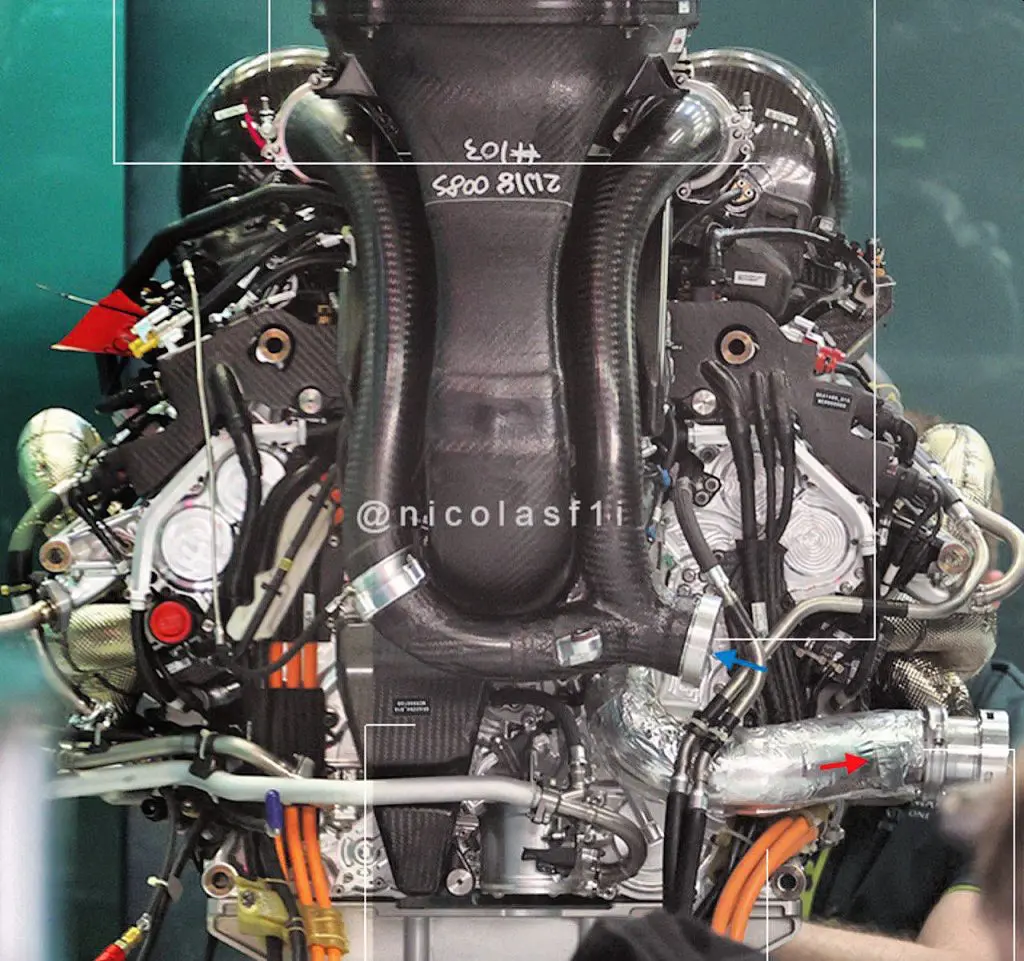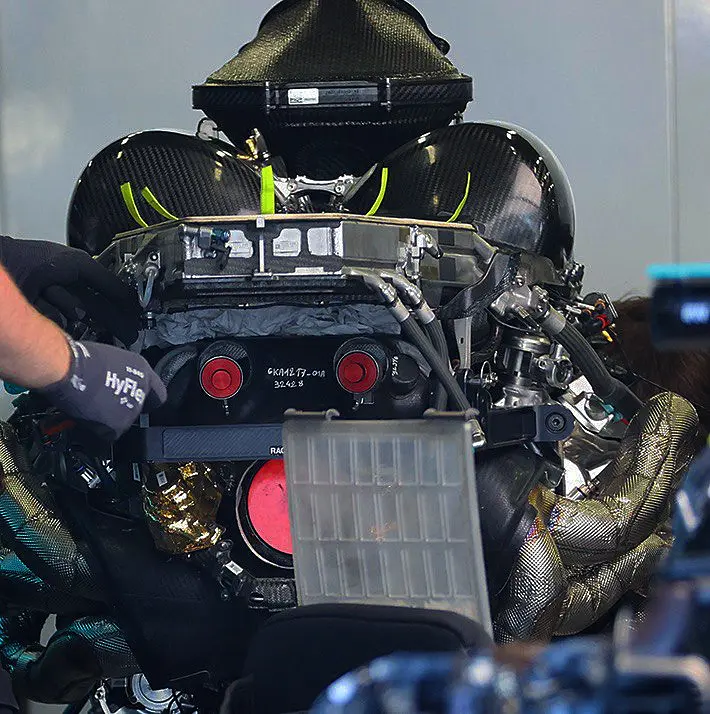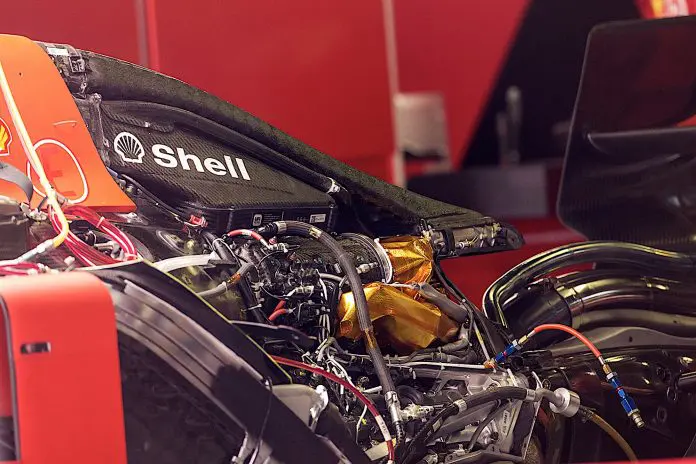The news this week is that a change in F1 power units will make Porsche and Audi willing to enter F1 in 2026. So what does it all mean? Engine regulations are freezing till 2025, which means brand new engines will debut in 2026. So why the kerfuffle around the removal of MGU-H, and why now? Let’s break it down.
F1 has been running turbocharged V6-hybrid engines since 2014. Hybrid engines run with internal combustion engines (ICE) and an energy storage (ES) system. Formula one has been running a combination of MGU-H (motor generator unit-heat) to recapture released/wasted heat energy from the combustion process and MGU-K (motor generator unit – kinetic) to recapture the energy generated from the spinning of the wheels as a part of the ES.
Now we need to understand the fundamental business model of F1. All of the technological advancements are a means to a bigger game. Most auto OEMs are running an advanced mechanical engineering experiment fueled by the viewer’s attention towards the sponsors. For the rest, like Red Bull or Haas, the benefit is selling more energy drinks or CNC machine tools. Auto manufacturers like Mercedes, McLaren or Alpine, often are using F1 to develop the next generation of car technology which has spurred a lot of questions in the past year, keeping in mind most car companies are going electric within the next ten years.

Then, why is the removal of MGU-H significant, and why did Mercedes put up initial hesitation to remove it from the 2026 engine design until earlier this month? Mercedes, in 2020, planned to debut the MGU-H in their AMG road cars as a technology differentiator and probably had plans to keep developing the technology. However, MGU-H commercially is still considered a complex technology to replicate at cost today. On the other hand, the applications of MGU-K have advanced. Multiple OEMs have been testing the application of KERS, an older simplified version of MGU-K, and hybrid on-road vehicles are already using a similar application in the form of Regenerative Braking.
Now VW’s design philosophy is slightly different. The group is famously known for borrowing parts, chassis designs, and other technical know-how among their groups. Have you ever heard someone say that VW Passat and the Audi A4 were basically the same cars? They are usually cost competitive among their direct competitors because a single engineering innovation can spur outputs for multiple brands, reducing the direct engineering cost per car.
Audi and Porsche, both VW brands, recently left Formula E because we assume the investment into the series had gone past any significant returns moving forward. OEMs want wider applications of their R&D efforts with minimal risk and cost of investment to their balance sheets, which is why it makes sense that the FIA, WEC and ACO along with respective competing teams (which includes VW) partnered up earlier this year to collaborate on the development of the next generation sportscar prototypes.

The same goes with MGU-H. MGU-H is likely a technology VW sees no interest in developing, considering their target to go electric-lead over this decade. 2026 will be the final year they develop an ICE– only vehicle platform – which means the group already knows where they will and will not want to invest in the next few years.
A typical vehicle package introduction cycle takes three years. The decision signals that all teams will start developing their next round of engines within the next few months, including Audi and Porsche if they decide to enter F1 officially or partner up with Red Bull to be their engine supplier post-2025. VW is famous for staying true to its non-negotiables and it is encouraging to see Mercedes be flexible and recognize the value of removing the MGU-H to the sport in general in the cost cap era, especially for new teams.
More teams mean more seats for talent and more fans for one of the biggest car manufacturing groups in the world – and that can be only good for Formula 1 in general. All we have to do is now wait for the official announcement from F1 or either teams.
F1-Author: Abby Rakshit – @AbbyRakshit
Photo: Mercedes AMG F1 Team – Red Bull Racing Honda

